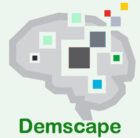- Personality and Behavioural Changes
- Incontinence or losing control of the bowel or bladder (tends to be later in progression of the condition)
- Difficulty planning and organising
- Memory and language problems
- Stiff movements and muscle weakness
- Difficulty swallowing

